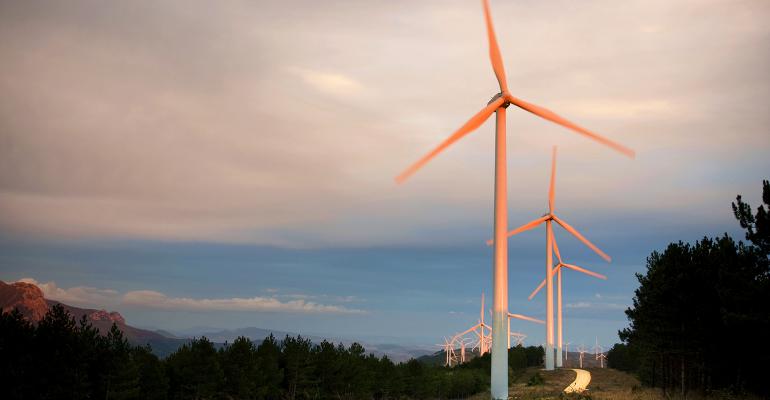It was once the case that renewables thrived and died on subsidies, but three major changes make this idea an antiquated one.
First, costs have come down substantially while technology has improved; it is now feasible to deploy renewable energy in very small spaces or across remote geographies. Blades on windmills now approach aeroplane wings in terms of size and sophistication, while solar panel prices have declined by more than 60% in the last decade. As this technology reaches critical mass, installation and servicing are also becoming more cost effective and convenient.
Secondly, investors can now target specific projects thus making sure the solution aligns with the problem. Markets are not monoliths, and energy prices, along with solar and wind resources, vary within regions. This makes renewables very competitive in some places and less so in others. It also puts the onus on investors to look at the specific context in which renewable projects operate.
Finally, demand for distributed solutions is on the rise, driven by ageing grid infrastructure in developed markets and, in the case of many emerging markets, because of the absence of grids. A company that focuses on making and selling solar-powered home systems in Southern Africa, for example, is opening doors for environmental and social change. In switching out kerosene or diesel for solar power, consumers are saving money, helping improve air quality in their communities and tapping into a more reliable and sustainable source of power.


